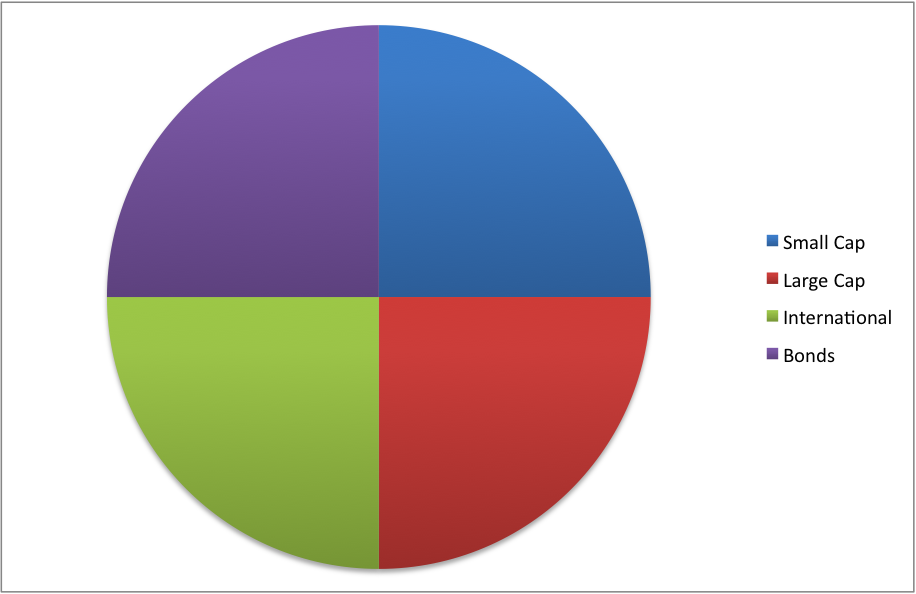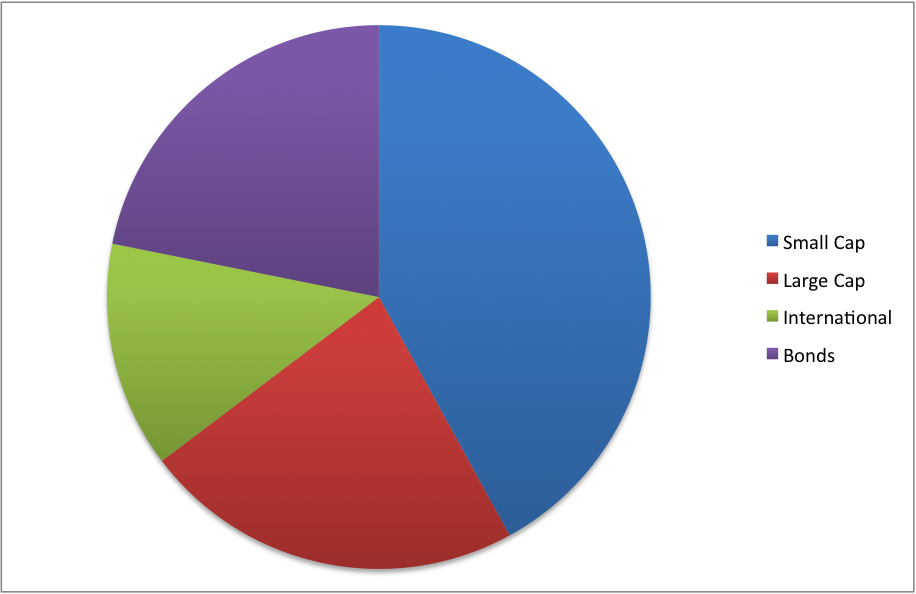Today’s post is part of a larger effort in the personal finance community to discuss Roth IRAs. Congratulations to Jeff Rose of Good Financial Cents for organizing such an effective Roth IRA movement day.
I remember when I was maybe nine. My dad FINALLY let me order my own banana split at the local Tastee-Freeze.
I’d watched him down banana splits with pride. First he’d take care of the cherry and whipped cream. Then he’d cut into the bananas and shovel them into his mouth along with heaping helpings of three big scoops of ice cream.
At age nine I was firmly convinced that more = better in the world of ice cream.
More = better with retirement accounts also, and the Roth IRA is like the banana slices along the side of those three big piles of ice cream.
Some of you may be thinking, “why isn’t the Roth IRA those three wonderful scoops of ice cream?” ….or maybe “how come it isn’t the cherry on top of the whole thing, like the crown jewel?”
The answer is simple: there are other ways to save, and the Roth IRA goes better along with them than without. In other words, you can have a banana or you can have ice cream.
The Roth IRA allows you to eat your bananas with ice cream on the same spoon. Confused yet? So am I, so let’s move on. I’ll explain that later.
What is a Roth IRA?
A Roth IRA is a tax shelter available to US taxpayers. Unlike a Traditional IRA, which gifts the possibility of a tax break today, Roth IRA contributions don’t help your current tax situation. Instead, Roth IRA money is distributed for your later goals on a tax free basis, assuming you follow some fairly simple IRS rules.
How Much Can I Contribute?
Roth IRA contribution amounts change yearly, so it’s best to consult the IRS website for the official answer to this question. Use Google or Bing to search “Roth IRA Contribution Limits (YEAR) .gov” and you’ll find the site. Here’s the most current page at the time of writing.
Persons over age 50 are allowed to make additional contributions above those persons who are younger. These are commonly referred to as “catch up” provisions.
Are There Income Limitations?
Yes, there are. As with contributions, income limits change often, so it’s best to consult the IRS website for these details.
In general, there is a top amount of money you’re allowed to earn each year and still make full contributions. Then, there is a phase-out income zone. If your income falls in this zone above the full contribution limit, you may contribute, but not the full amount.
Finally, people earning above the phase-out zone are not allowed to contribute to a Roth IRA. However, you may use a conversion Roth IRA tactic that we describe in detail in another piece. See: Help! I Make Too Much Money to Contribute to a Roth IRA!
What Type of Investments Are Available?
You can invest in nearly any type of investment, but most people stick with the basics: stocks, bonds, mutual funds, exchange traded funds, and certificates of deposits.
While it’s possible to invest in actual real estate property or actual pieces of precious metals, there are complicated rules around these investments and you should consult with experts who are knowledgeable in these areas before trying to invest.
When Can I Withdraw Funds?
The Roth IRA has different rules for your contribution and the interest your account earns.
Your contribution may be withdrawn at any time, without penalty. We discuss this in detail in this piece. See: Emergency Fund or Roth IRA?
The interest the account earns must stay in the account until you’re age 59 1/2 or older. At that time, you may remove interest without penalty as long as the money has been in the account at least five years.
You may also remove money for other goals pre-59 1/2, such as a first time home purchase or for qualified college expenses. In these cases, funds aren’t considered tax free, but are only tax deferred. However, you do have the flexibility to save for goals other than college without worrying about dividend interest or capital gains taxes.
Can I Change Existing IRA Accounts Over to a Roth IRA?
Sure. However, these accounts have different rules. Here’s a link to the IRS website which explains Roth Conversion IRAs.
Why is a Roth IRA Like the Banana?
Remember how I mentioned that my dad would spoon some Roth IRA into his mouth along with some of the ice cream?
When I finally was allowed to order my own banana split, I learned the magic: bananas and ice cream are flippin’ awesome together.
People ask all the time which is better, a Roth IRA or a Traditional IRA or 401k plan? My answer is this: it isn’t about one or the other. Traditional IRA plans and 401k plans give you nice tax breaks today. You should utilize those. But a Roth IRA gives you healthy tax breaks and flexibility down the road.
Because we don’t know what tax brackets are going to look like in the future, a Roth IRA allows you to hedge your bet on tax brackets and instead have plenty of options later.
How Do I Maximize My Roth IRA Contributions?
Because you’re allowed to change Roth IRA contributions back out, there are strategies which can take advantage of possible market fluctuation during the year. Here’s one such strategy: Your Roth IRA Conversion: Super-Sized
(photo credit: Gabrielsaldana, Flickr)






